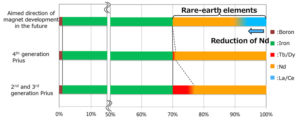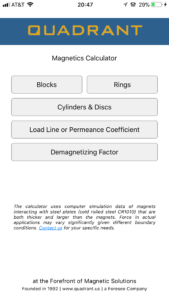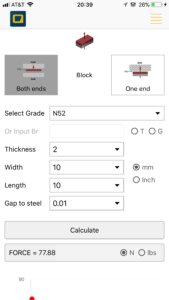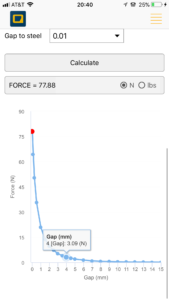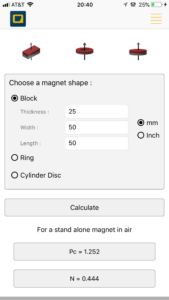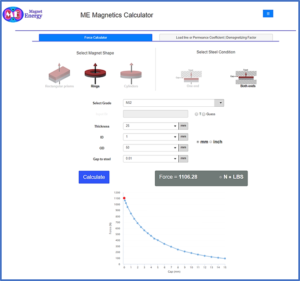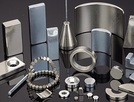https://www.nature.com/articles/s41598-023-30611-1
Scientific Reports volume 13, Article number: 3534 (2023)
Abstract:
The attraction between unequally sized like magnetic poles is characterized herein. Finite element analysis (FEA) simulation has verified that attraction can occur between like poles. Between two unequally sized like poles with various dimensions and alignments, a turning point (TP) appears on the curves of force vs. distance between them, which is caused by the localized demagnetization (LD). The LD plays a role far before the distance between the poles reduces to the TP. The LD area may have a changed polarity, making the attraction possible and not in violation of basic laws of magnetism. Here, the LD levels have been determined using FEA simulation, and the factors affecting the LD have been explored, including the geometry, the linearity of the BH curve, and the alignment of the magnet pairs. Novel devices can be designed with attraction between the centers of such like poles and repulsion when off-center.

